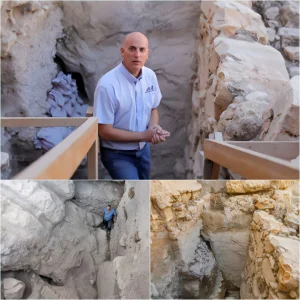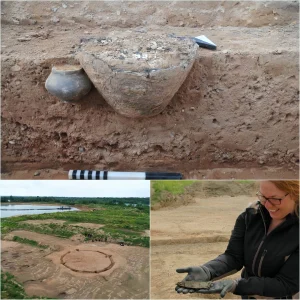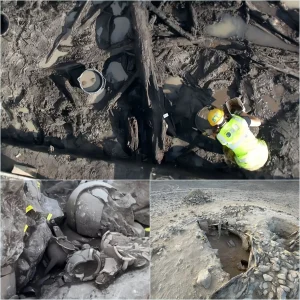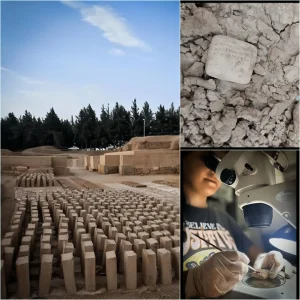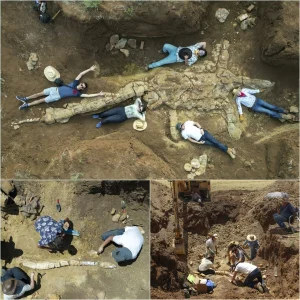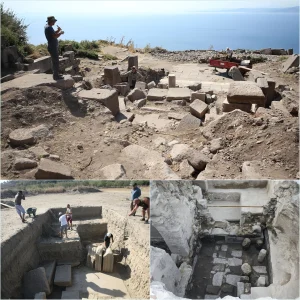The discovery of the Etruscan domestic structure in Corsica, unearthed during the INRAP-led excavation in Ghisonaccia, is a remarkable find shedding light on ancient Mediterranean trade and settlement patterns. Dating back to the 6th to 4th centuries BCE, the structure represents the first of its kind found on the island.
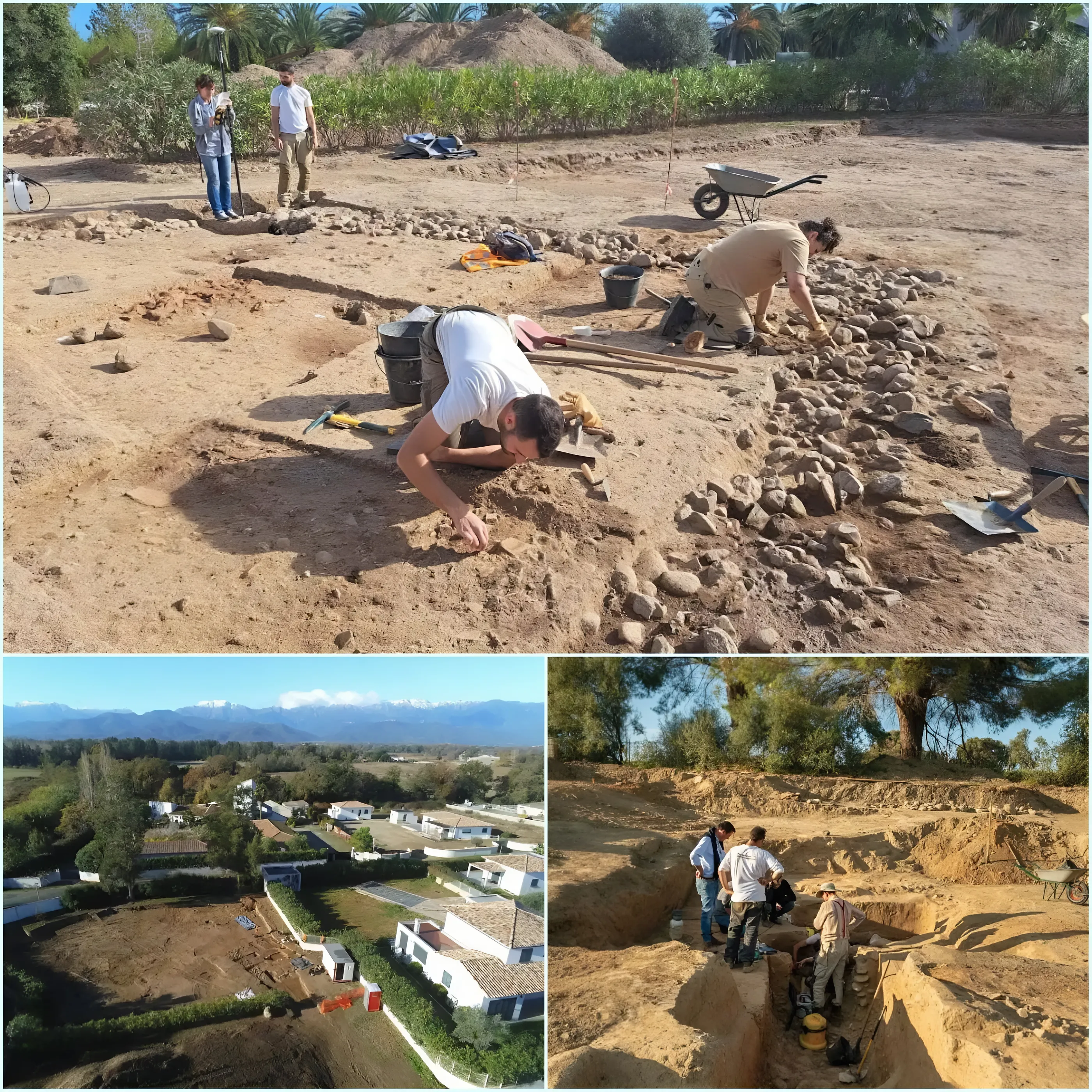
Located in Chiusevia, approximately 3.5 km east of Ghisonaccia and close to the Tyrrhenian Sea, the building’s excavation revealed significant details about its construction and layout. Situated on a slightly sloping alluvial terrace, the structure features pebble foundations indicative of a rudimentary yet effective building technique. The interior space measures at least 34 m², defined by three pebble floors, suggesting a total building area of approximately 50 m².
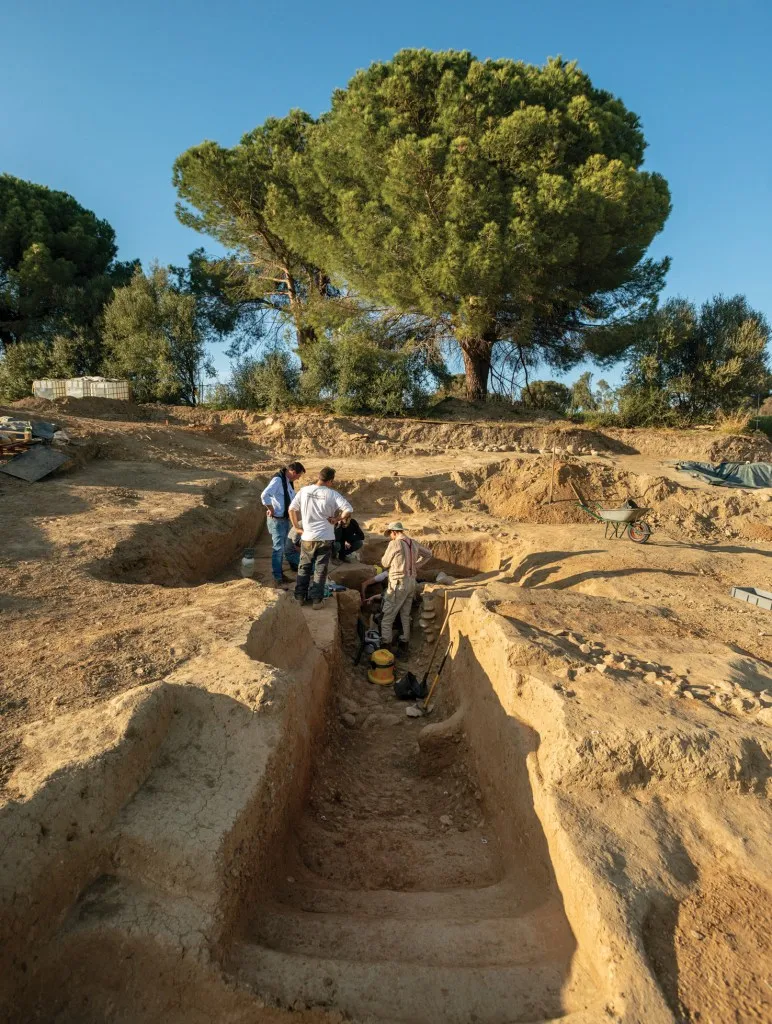
The construction method, utilizing pebbles of various sizes bound by silty sediment, indicates a practical approach with slanted walls and irregular arrangements. Furthermore, the discovery of small excavations around the pebble constructions, likely for wooden posts, suggests they were structural elements supporting the building’s walls and roof.
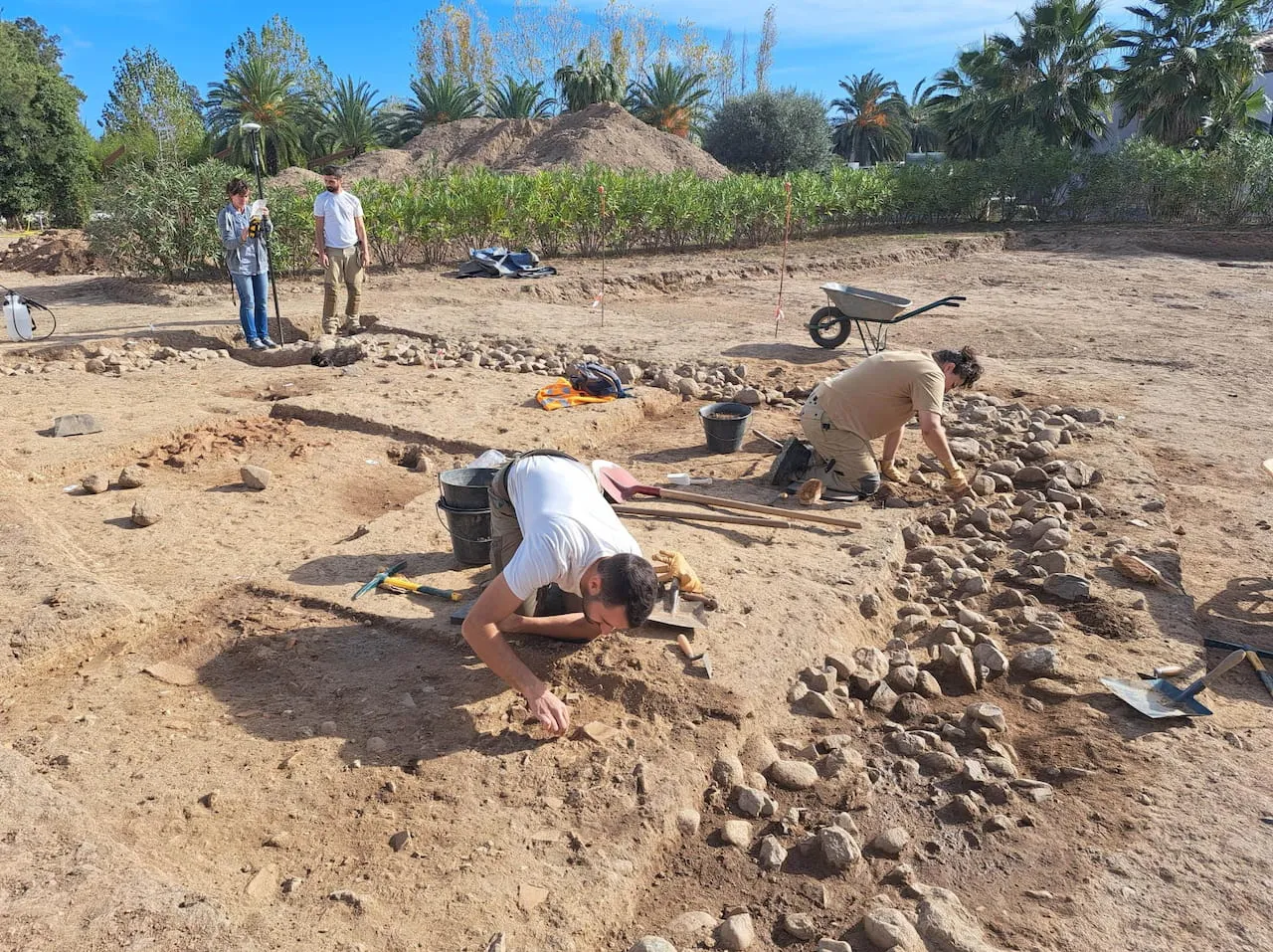
Archaeologists from the Regional Archaeology Service (DRAC of Corsica) supervised the excavation, which was conducted as part of a preventive archaeological effort in the area. This find not only enriches our understanding of Etruscan architecture and daily life but also hints at Corsica’s historical connections and interactions within the broader Mediterranean world during ancient times.
